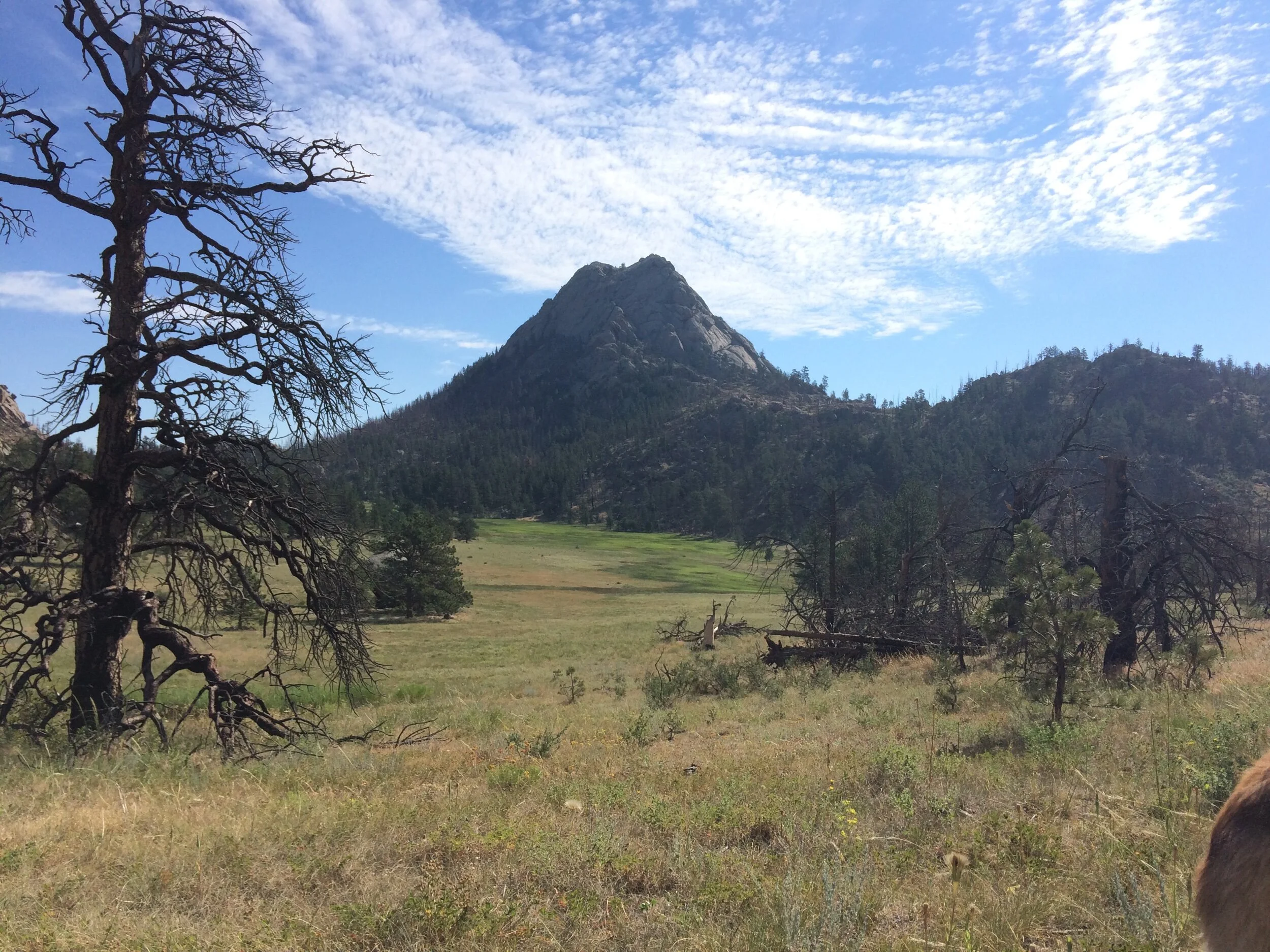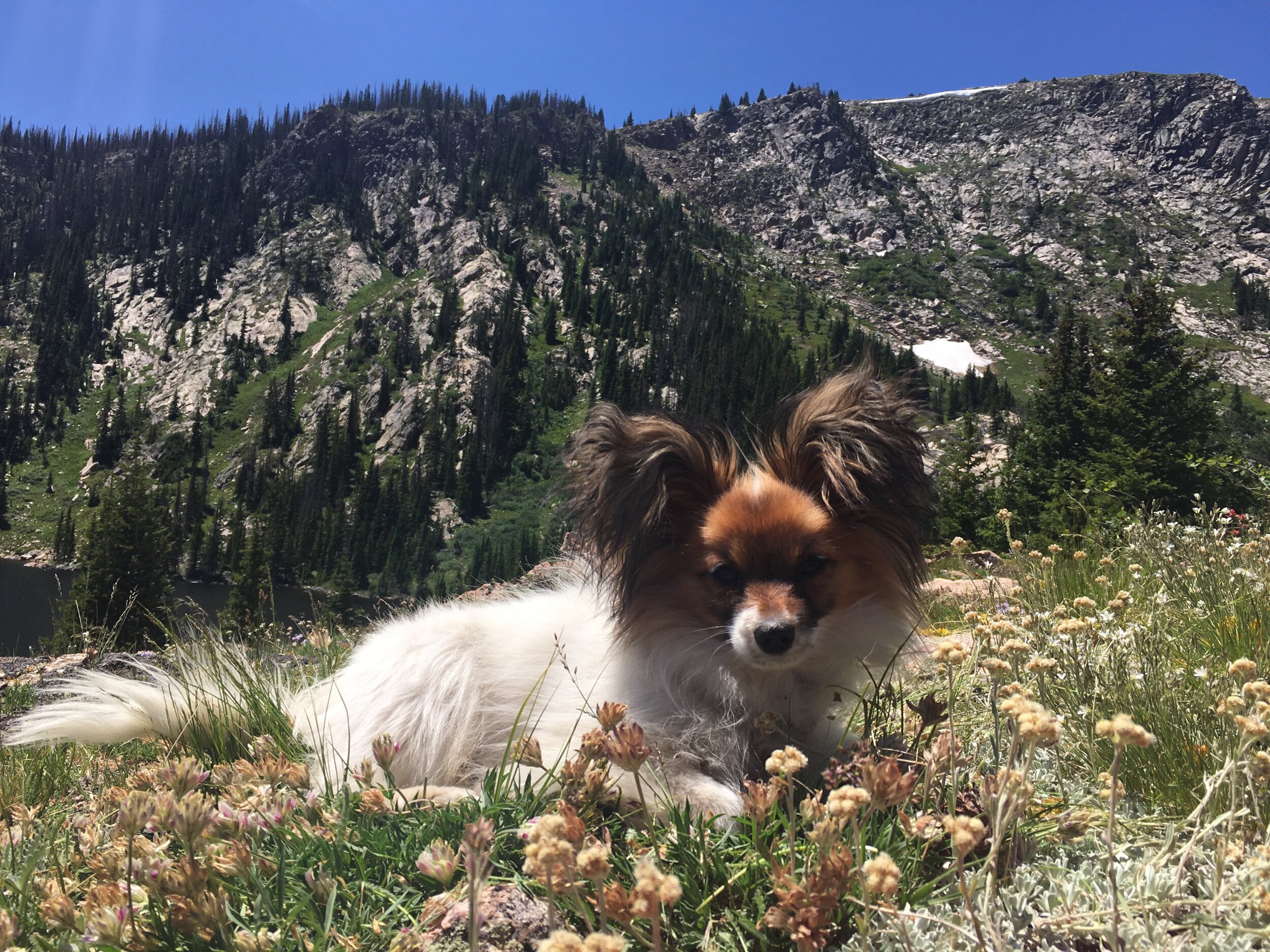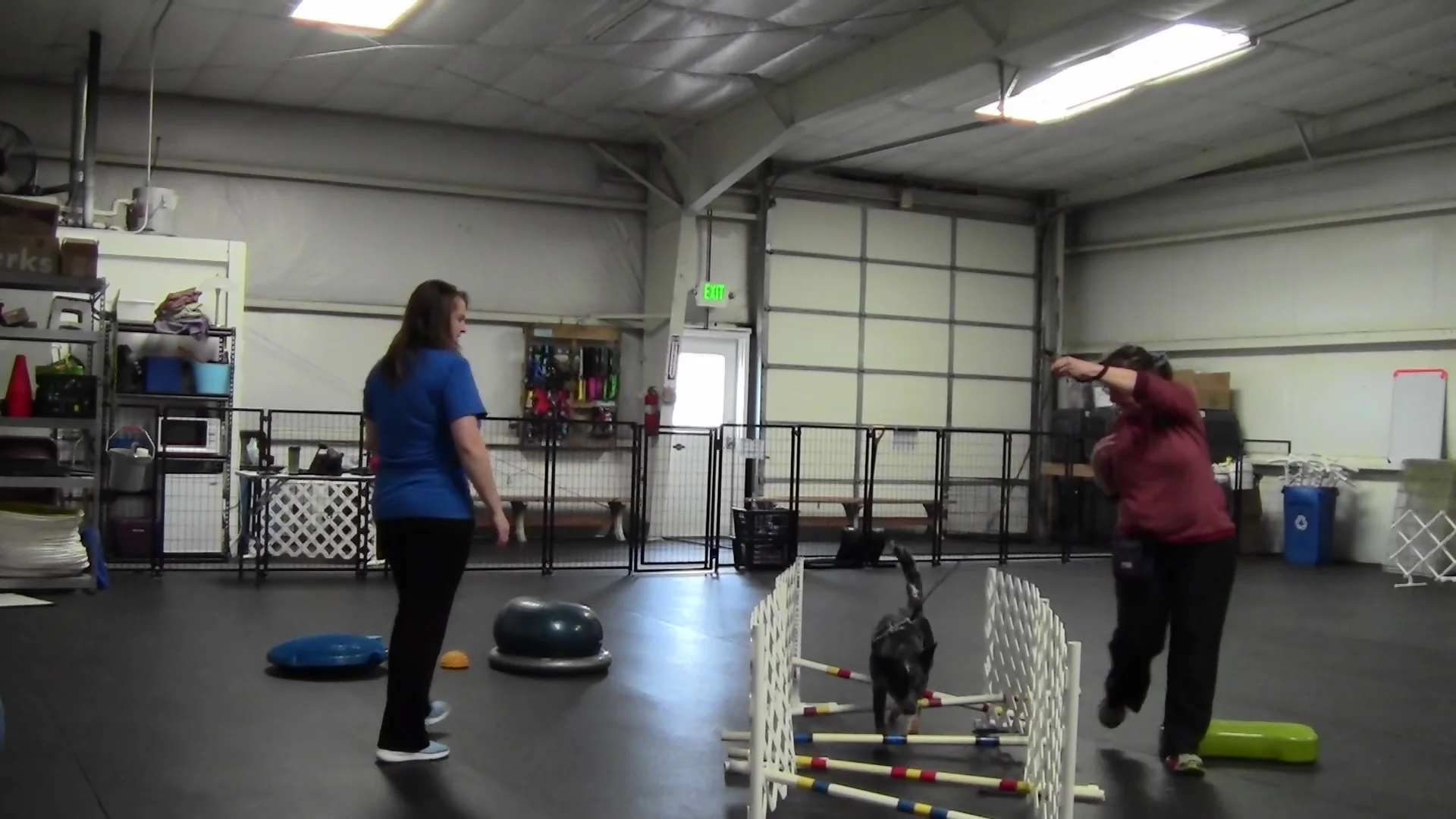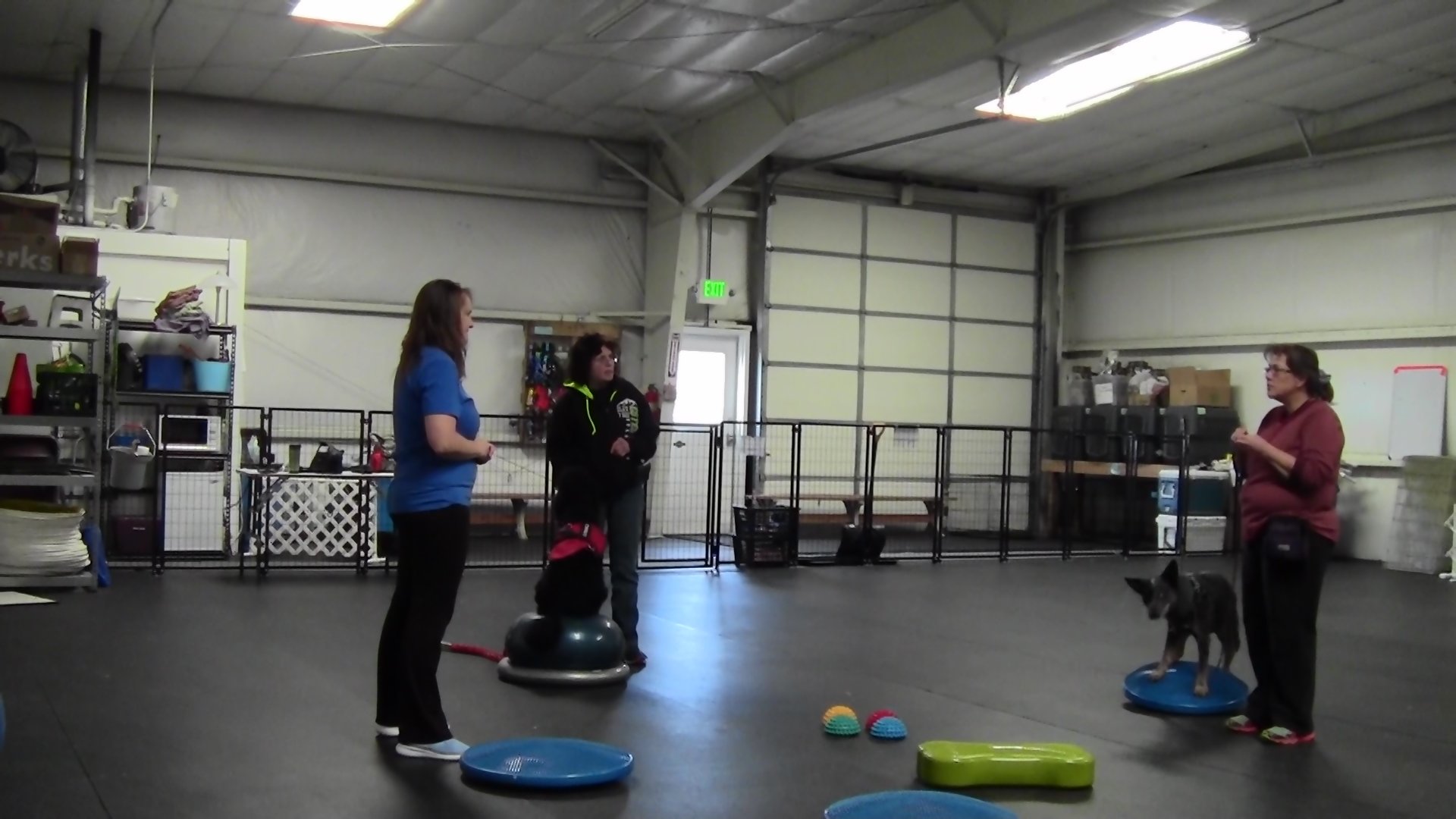A Guide to Socializing Your Adventure-Ready Puppy
By: Shay Cline & Amber Quann
Positive exposure to things your puppy will experience for the rest of their life during the early stages of development can help ensure you have a happy and confident adventure buddy!
What is Puppy Socialization?
There are many definitions of socialization - almost as many as the opinions you will find on how it should be done!
Laura VanArendonk Baugh describes the need for socialization in puppies this way: "If we want our dogs to be acceptable, happy, welcome, and safe in human society, we need to socialize them to human norms." And not just any human norms, but your daily norms. Prioritize what your puppy will need to be comfortable with as a partner in your life. At its core, socializing is preparing your puppy to accept and navigate the situations they will likely encounter during their adventures with you.
Socialization isn't about simply exposing our puppies to something until they accept it. It is about teaching our puppies how to cope with the world around them and how to deal with future adventures.
Safety in Socialization
When planning to socialize your puppy, safety should be a top priority. The American Veterinary Society of Animal Behavior recommends starting safe socialization efforts before your puppy is fully vaccinated. (Read the full position statement here.)
Choose your environments carefully - you can start your socialization in low-traffic areas frequented by known vaccinated dogs (i.e. neighbor’s backyard), and move to higher-traffic areas as your puppy completes their vaccinations. Areas that are familiar to you will also give you more confidence when handling various situations that you and your pup may encounter- this will help them view you as safe and reliable.
Think “Observe & Learns” - Taking your puppy on a ride in the car and letting them watch out the window at a shopping mall parking lot is a great socialization experience with minimal risks. Bring a chewy along to help them process all of the new information in a safe, appropriate way.
What Does a Good Socialization Experience Look Like?
Everything should be the puppy’s choice! We should never force a puppy to interact with anyone or anything that they are not choosing to interact with if it isn’t completely necessary. You can always make a mental note of the things that are scary for your puppy and try reintroducing them in a way that feels more comfortable for them later on.
New things = puppy gets lots of things they enjoy. This could be yummy treats, a favorite toy, attention from you, the opportunity to sniff something new, etc. This helps puppies maintain optimism about novel things later in life.
More than just meeting dogs & people - Realistically, we don’t interact with every person and dog we pass. Focusing on neutrality around most people can also help you reserve interactions for people who are safe, coachable, and open to helping you with your puppy’s training! A good socialization list also includes exposure to different sights, sounds, and smells, so keep these things in mind when setting up new experiences for your puppy.
Quality over Quantity - Keep socialization experiences short and sweet! A good socialization experience leaves your puppy wanting more, rather than being overwhelmed. 5-10 minutes may be all your puppy can handle confidently in a new situation at first.
Recover with rest time in between - Nap time is important recovery time between new experiences. A well-rested puppy will be more ready to enjoy the next socialization experience!
Signs That Your Puppy is Comfortable
Body Language - Learning a bit about how dogs communicate using their body language is an essential part of supporting our puppies. Once you understand the basics of how your puppy communicates, be on the lookout for these behaviors as you are watching your puppy during their socialization experiences.
Eating Food - Can your puppy eat food during the socialization experience? If they normally eat food willingly, and they become unable to eat food, this is a good indication that they might be overwhelmed or nearing their comfort threshold.
Playing with Favorite Toys - Can your puppy play with their favorite toy?
Exploring and Engaging with the Environment - Can they sniff and explore the new environment with relaxed body language? Or are they sticking close to you or looking for a place to hide?
Let Us Help Socialize Your Adventure Buddy!
Our Adventure Camp for Puppies is designed with all these principles—and more—in mind to help your puppy become an adventure-ready, well-socialized companion.
Each day of our camp includes:
Social Skills Development: We aim to create a safe learning environment for your puppy to develop social skills in a small group setting of appropriate people and dogs, and learn how to be calm and neutral around strangers.
Exposure to New Experiences: We introduce new sights, surfaces, sounds, and experiences to puppies in age-appropriate ways, with an emphasis on building confidence, optimism, and trust.
Naps & Downtime: Every day includes quiet time in individual pens where puppies can chew, rest, and decompress. We also use this time to focus on building settle, confinement, and separation skills.
Life Skills Training: We start introducing your puppy to a wide range of concepts and skills they will need to be successful in Fort Collins and beyond. This includes leash walking skills, coming when called, relaxing on a mat, greeting politely, and more! You will get a daily progress report that comes with focus points unique to your puppy, as well as private sessions with a trainer to build your skills as a team.
Are you ready to start your puppy’s socialization journey and create a confident, adventure-ready companion? Our Adventure Camp for Puppies is here to help! Schedule a Discovery Call with the Adventure Camp team today!
See what a day of Adventure Puppy Camp looks like!



















